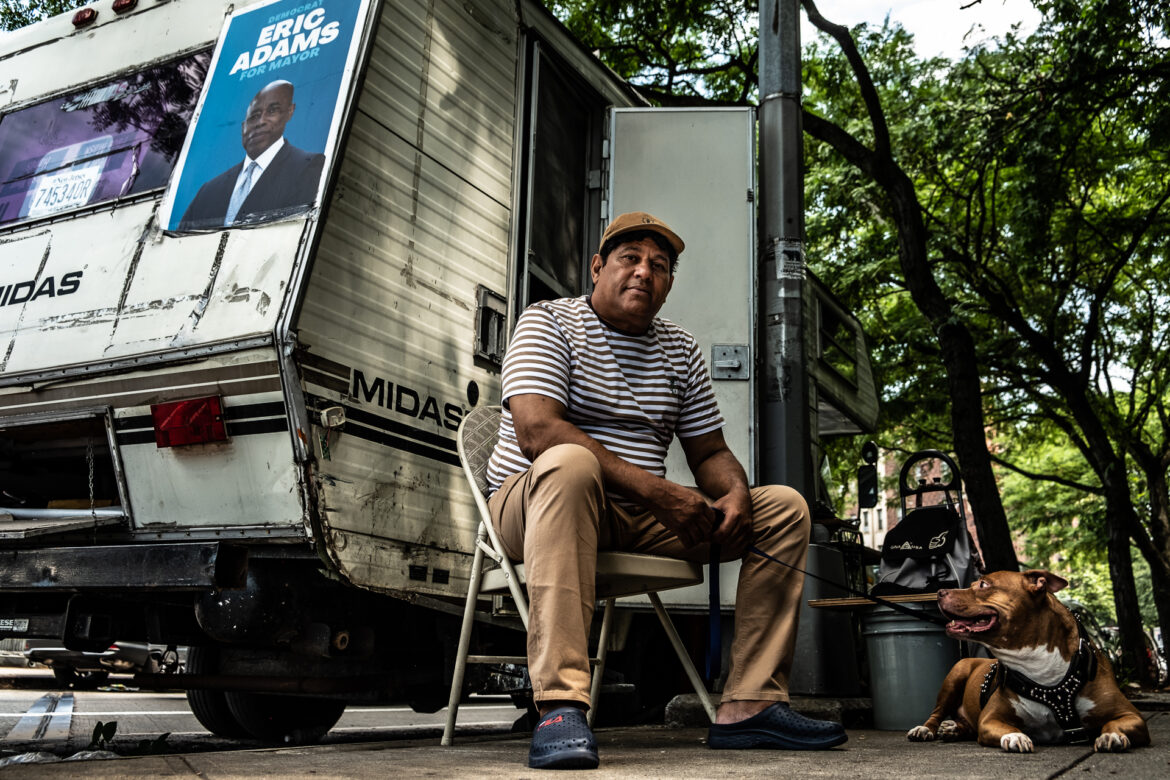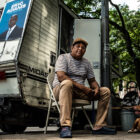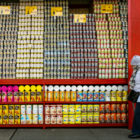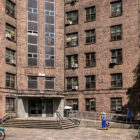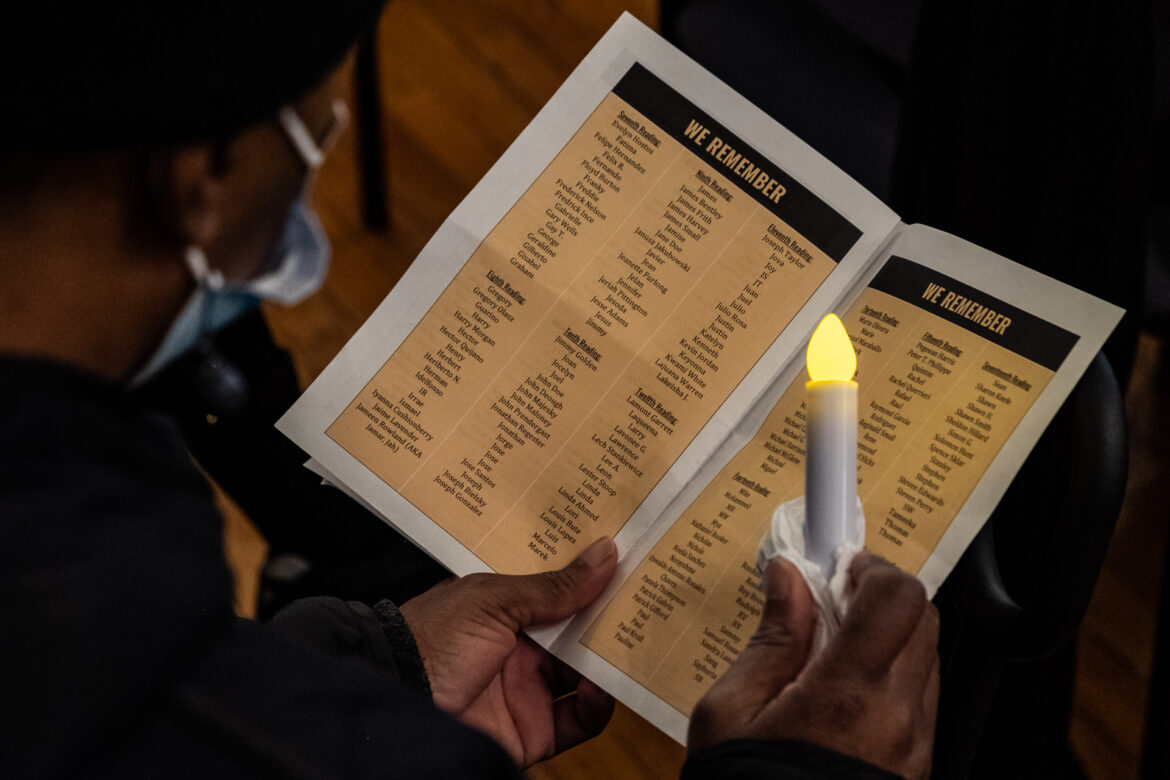Bronx
In Housing Crunch, Some New Yorkers Turn to Unique Accommodations
David Brand |
For the past few months, City Limits has sought out New Yorkers in unique living arrangements to find out why they live where they live. We homed in on three people, all Bronx residents, with three very different accommodations: an old RV, a two-story houseboat and a room in a spartan warehouse.


